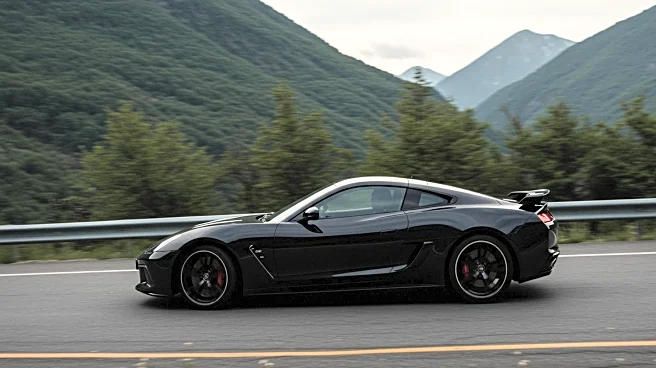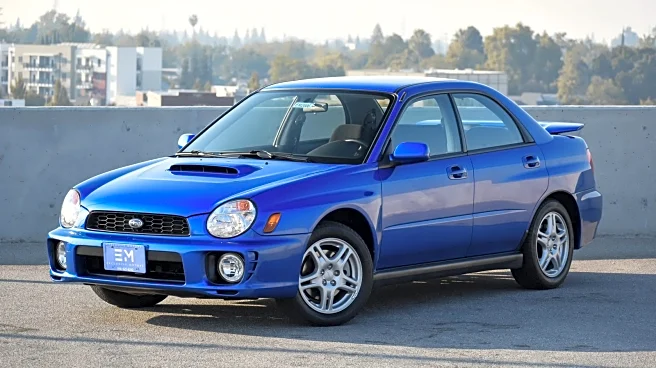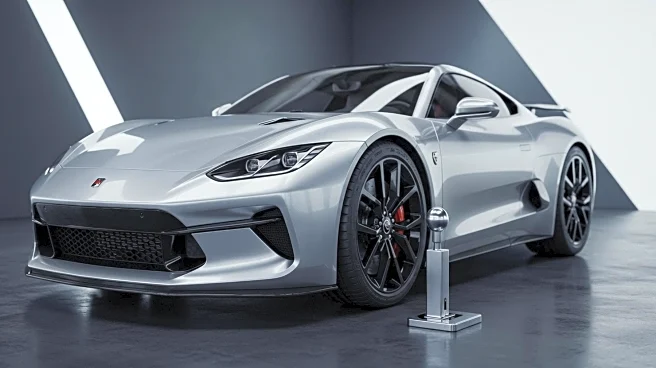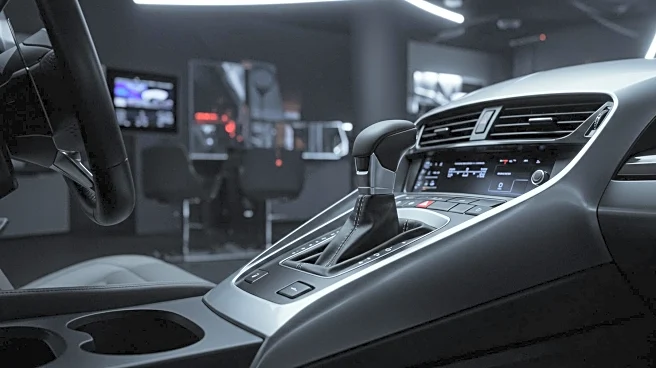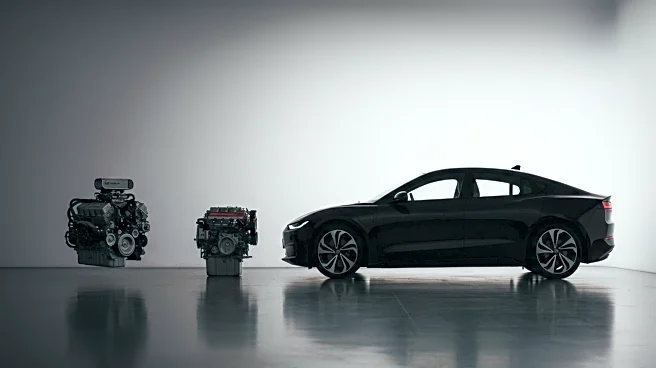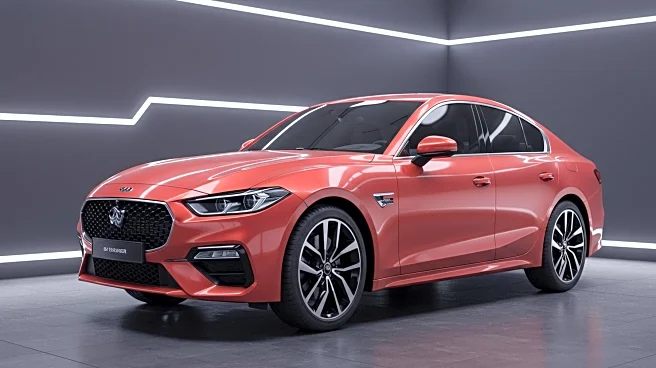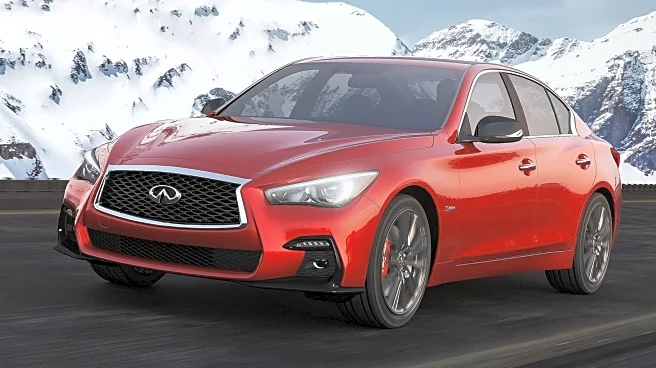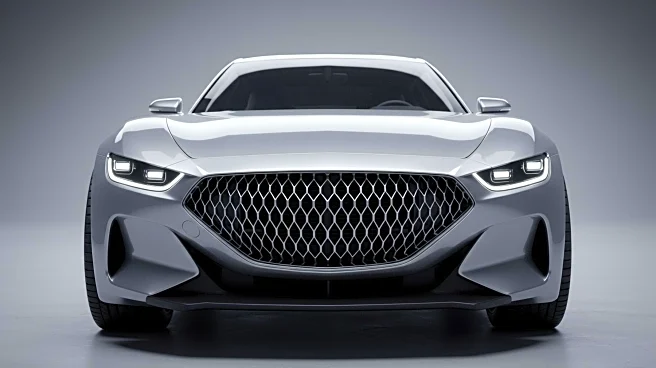What's Happening?
A recent test by Edmunds compared the manual and automatic transmissions of the BMW M2, revealing notable differences in driving experience. The manual version of the M2 demonstrated a higher level of engagement and fun, despite the automatic being slightly quicker. The manual M2 achieved a higher grip on the skidpad, attributed to testing conditions rather than transmission type. The test editor emphasized the manual's appeal for those who prioritize driving involvement over lap times.
Why It's Important?
The preference for manual transmissions in performance cars like the BMW M2 highlights a niche market segment that values driving engagement over convenience. This trend could influence automakers to continue offering manual options in their performance lineups, catering to enthusiasts who seek a more interactive driving experience. The findings may also impact consumer perceptions and sales strategies, as manufacturers balance technological advancements with traditional driving pleasures.
What's Next?
As the automotive industry evolves with increasing automation and electric vehicles, the demand for manual transmissions may continue to decline. However, manufacturers might maintain manual options in select models to preserve brand heritage and appeal to enthusiasts. Future developments could include hybrid or electric vehicles with manual-like features to simulate the driving engagement of traditional manuals.
